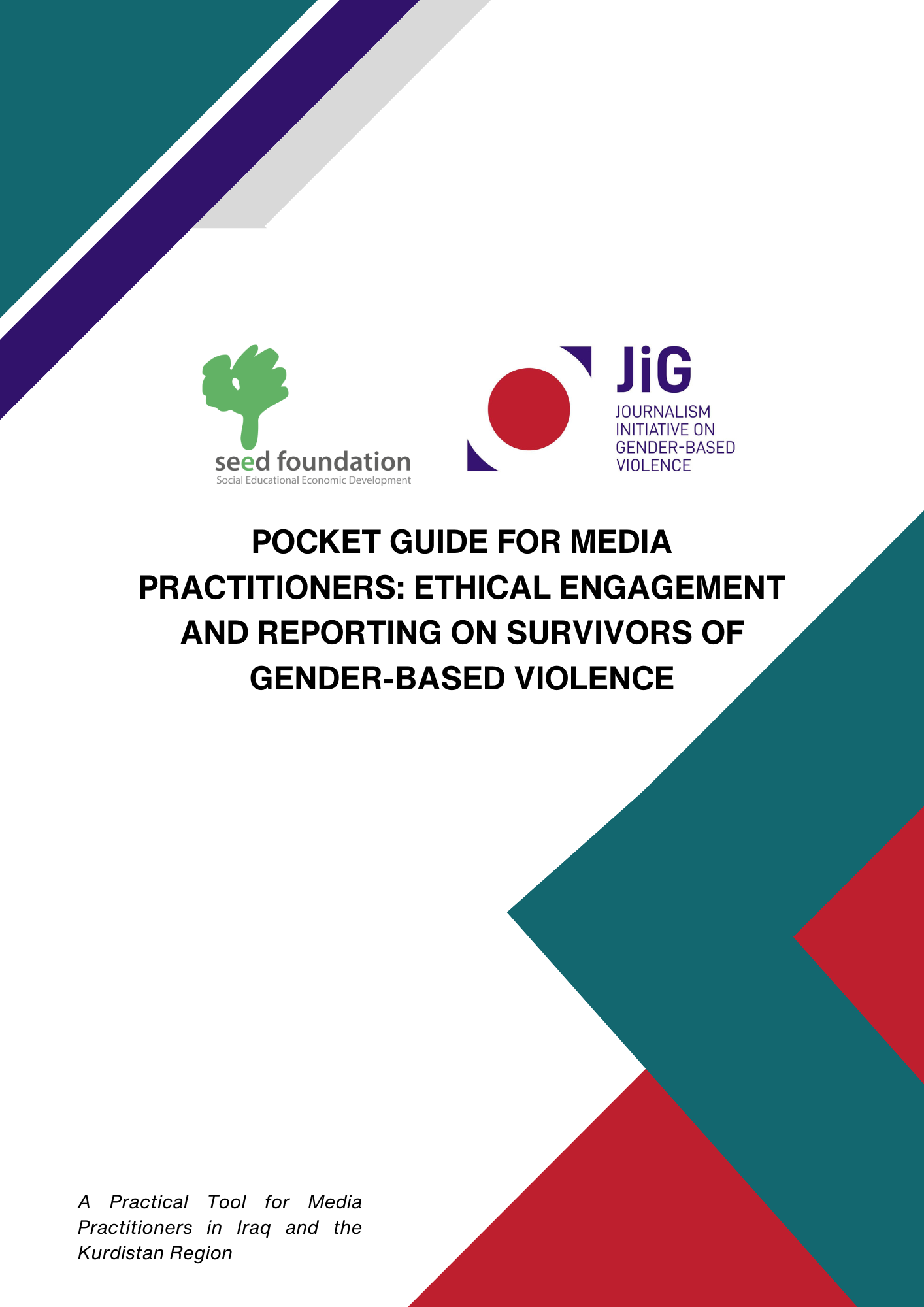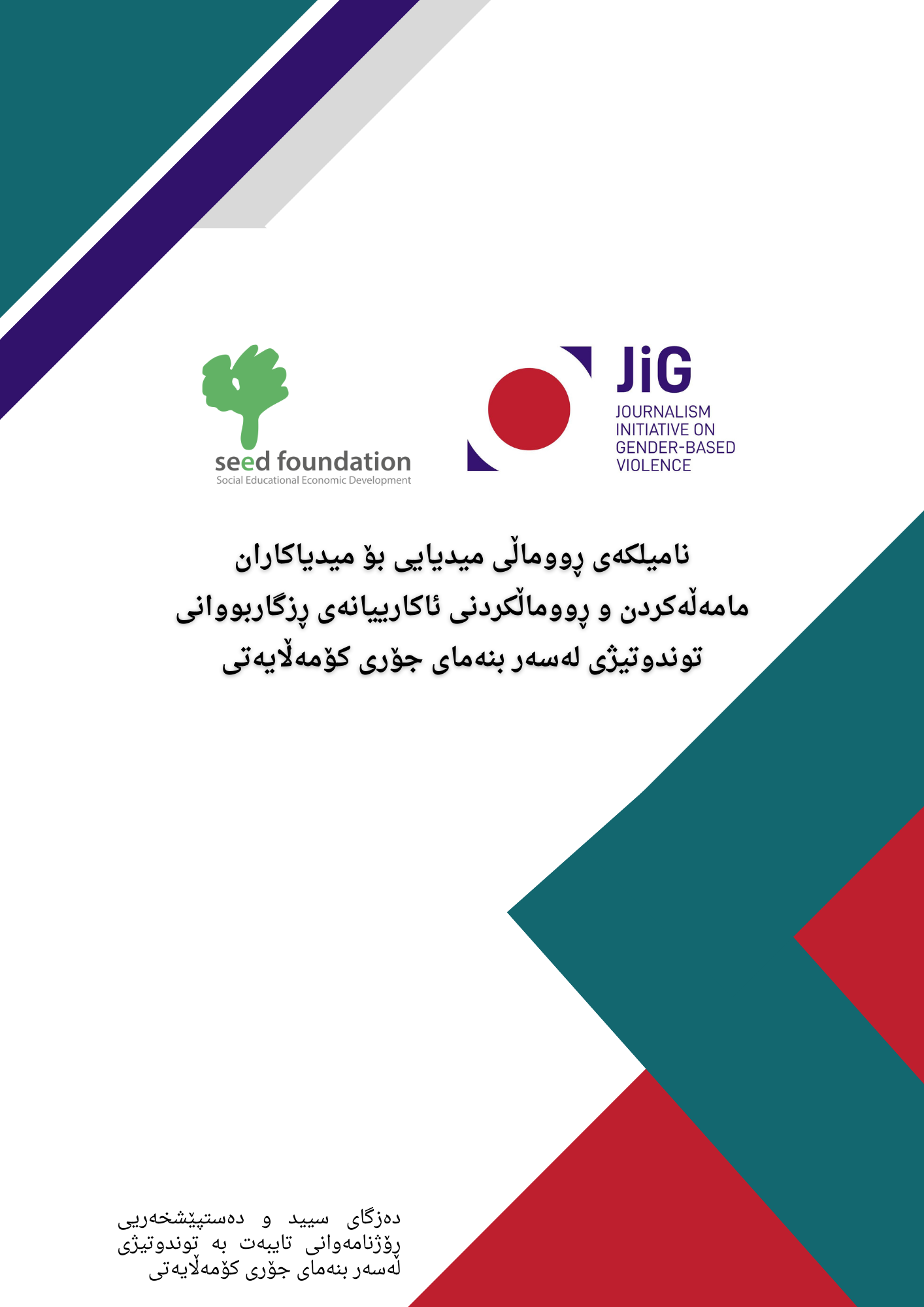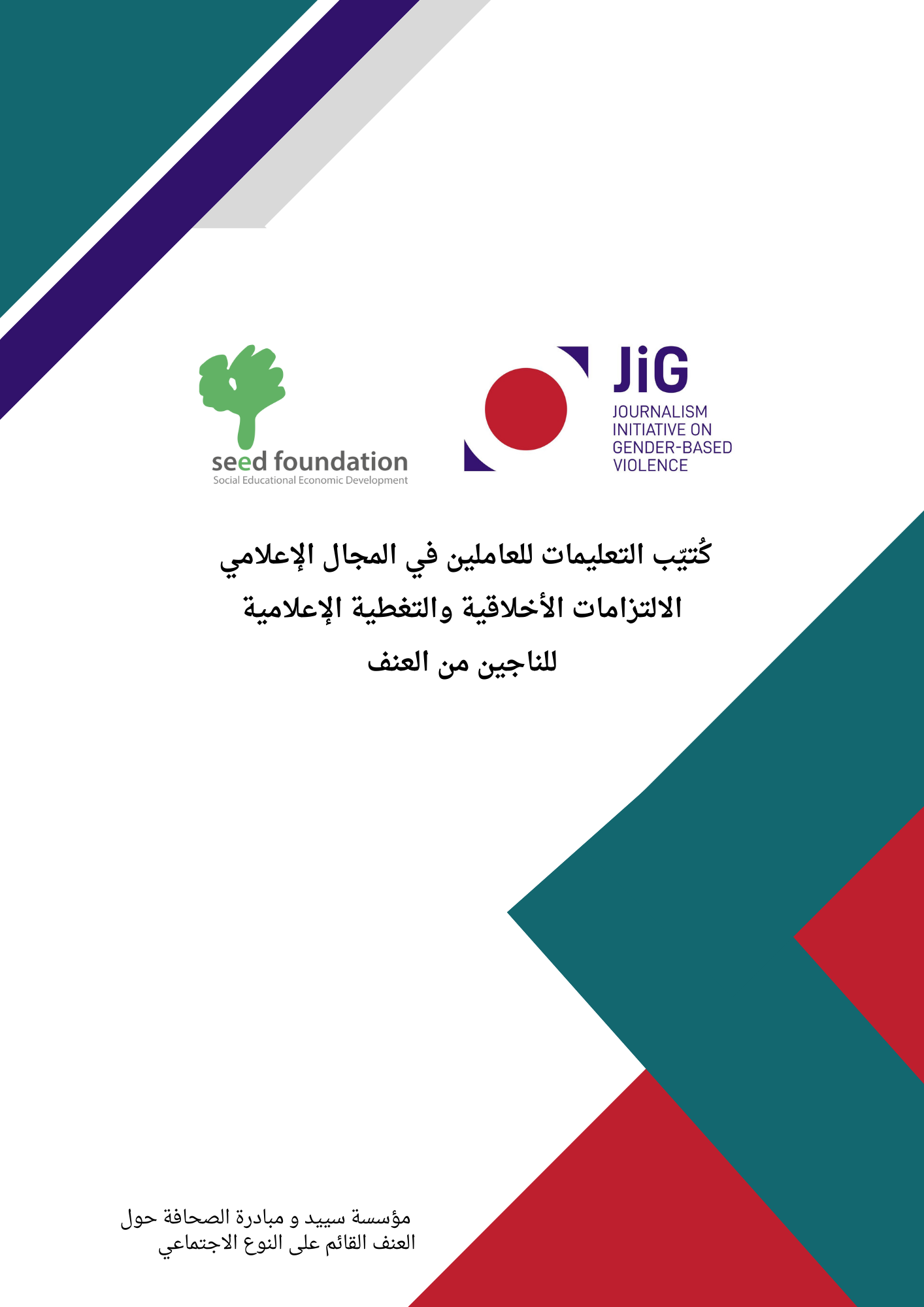

Pocket Guide for Media Practitioners
Harmful and stigmatizing coverage of women in the media has the potential to inform public opinion and rhetoric across vulnerable communities, normalize and/or lead to the continuation of violence, promote victim-blaming, and stigmatize survivors.
Women and survivors of violence should be treated with respect, have their safety and security treated as paramount, and be represented in a dignified manner by the media. Media practitioners thus need to be equipped with the skills on how to ethically, responsibly, and safely interview, research, and report on women and GBV. They should also be equipped with the knowledge of where to refer individuals who are experiencing violence.
This guide was developed in collaboration with the Journalism Initiative on Gender-Based Violence (JiG) in response to these critical gaps in knowledge and training. It draws on the core principles outlined in “Silence and Omissions: A Media Guide for Covering Gender-Based Violence,” published by the Center for Women’s Global Leadership at Rutgers University in 2021.
This guide contains best practices on ethical journalism which can be applied in all areas of a journalist’s work. However, it is particularly pertinent when reporting on GBV, for which a specific duty of care applies to ensure the safety of survivors. Dignifying coverage of their stories is critical, and avoiding their re-traumatization is paramount. This pocket guide aims to equip media practitioners with the skills to ethically, responsibly, and safely interview, research, engage with, and report on women and survivors of GBV, and to refer individuals who are experiencing or at-risk of GBV, to appropriate service providers.



